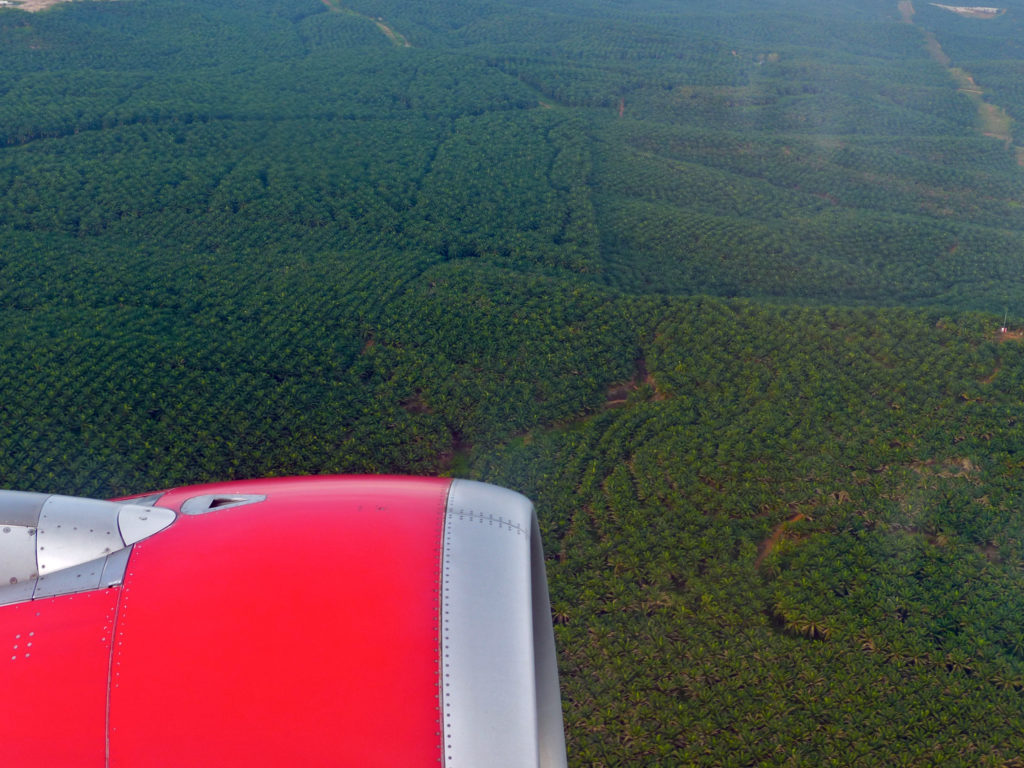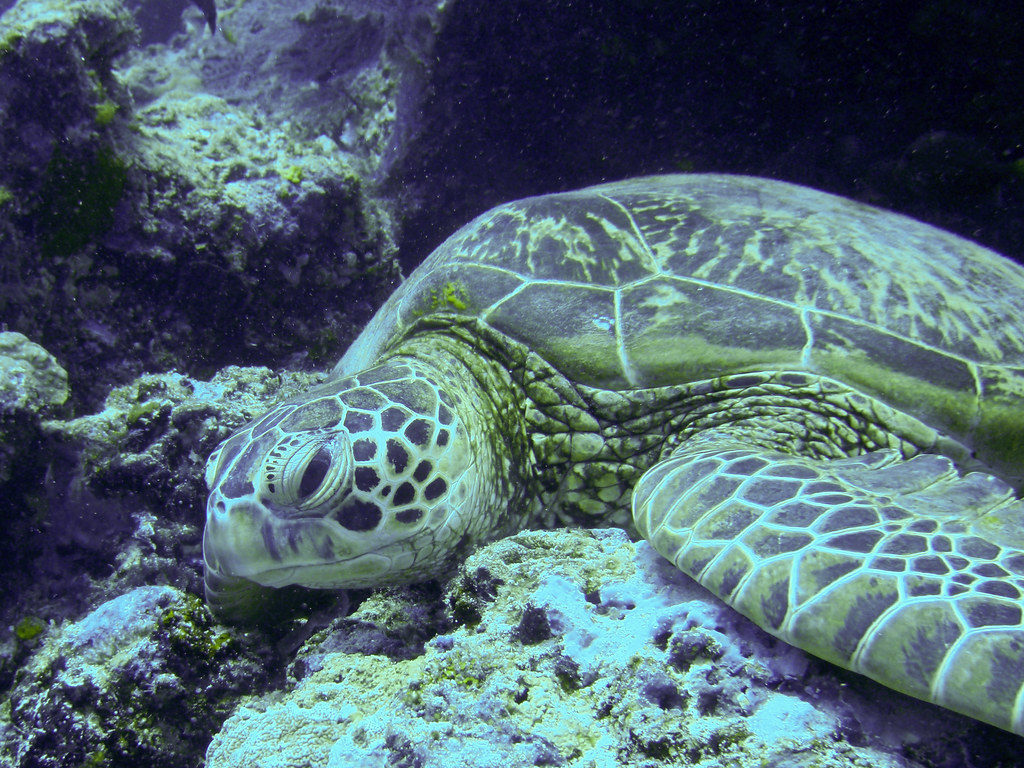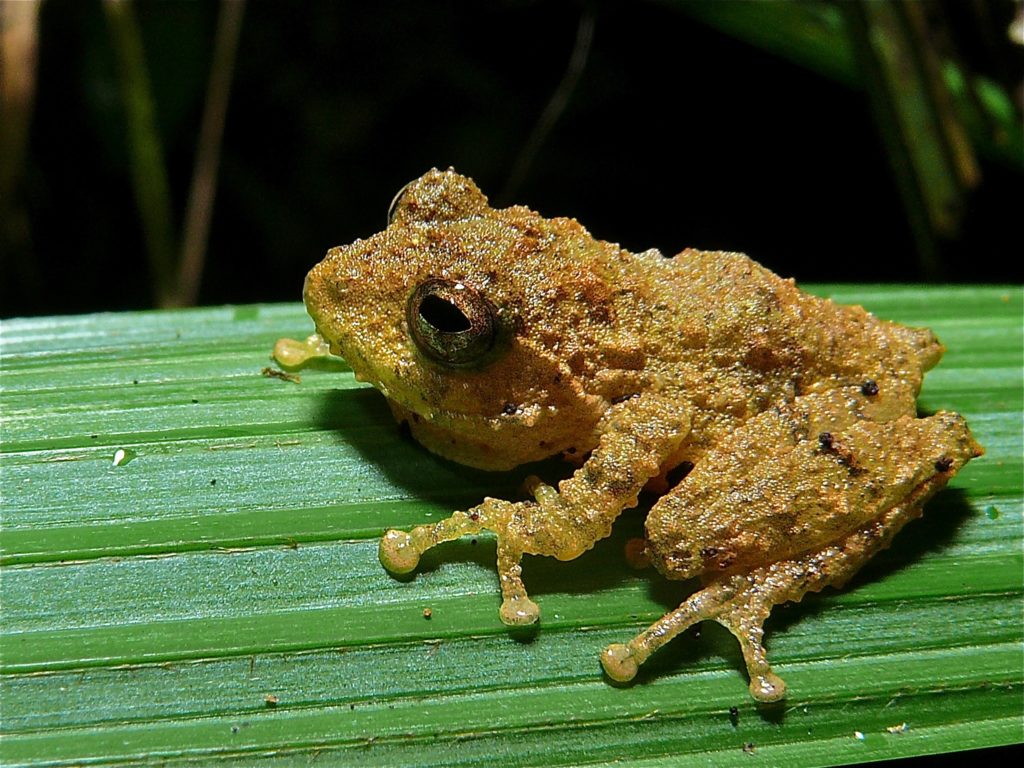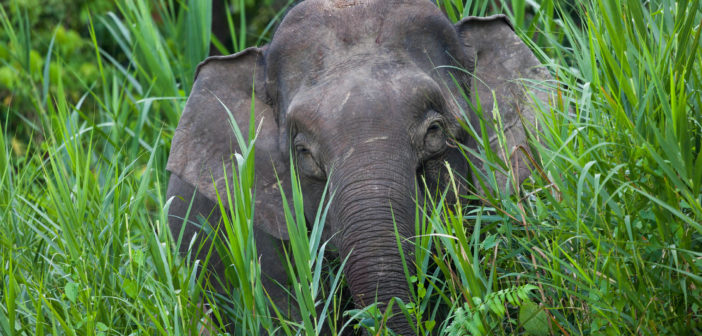Following the international observance of Earth Day, Sahabat Alam Malaysia (SAM)/Friends of the Earth Malaysia (FOEM) would like to highlight the fact that at least one-fifth of mammal species found in Malaysia are facing extinction. This is according to data provided by the World Bank in 2015, which revealed that in 2014 as many as 70 out of 336 mammals species were endangered. This ranks Malaysia seventh in the world in terms of its number of endangered species, while in Southeast Asia it is second only to Indonesia, which counts 184 species at risk (the most out of any country in the world).
Malaysia one of the most dangerous countries in the world for species already at risk. The continuous emergence of alarming wildlife news warrants serious attention from the Malaysian government and all relevant authorities. This includes snaring, roadkills, elephants wreaking havoc on villagers and destroying crops, primates at risk of extinction, killing of sunbears, consumption of turtle eggs, the sale of wildlife through social media, and the list goes on.
Elephants in Malaysia are seriously endangered due to endless human encroachment into their habitats. When rampages occur in a village, the elephants are characterized as rogue elephants who intrude violently into human space, when in fact the land was originally theirs. When it comes to villages, farms and plantations closing in on wild habitats, wildlife are unfortunately always the losers.

A Borneo pygmy elephant. These animals are rapidly disappearing in Malaysia and humans are the main threat to their continued existence. Image credit Andrea Schieber, CC BY-SA 3.0.
In September 2016, the loss of seven Borneo pygmy elephants in a mud pool near a logging site near the town of Tawau was absolutely tragic. Their death was a huge blow to efforts to conserve the 1,500 or so remaining elephants in the Malaysian state of Sabah’s forests.
Death stalked the elephants again when on New Year’s eve 2016 two elephants were discovered dead in the Kinabatangan area. One dubbed ‘Sabre,’ known for his crooked tusks, was found with his tusks missing. This atrocity was believed to have been the work of poachers.
In the past seven years, 22 baby elephants have been rescued, often found wandering around aimlessly, with their mothers nowhere to be found. Half of these babies died, as many cannot survive without the care of their mothers. Their mothers likely were victims of crimes committed by farmers and plantation workers.
While the crippling blow that the palm oil industry has dealt to the orangutan species is monumental, the palm oil industry has the blood of other species on their hands as well. Due to the high demand and high profits that are associated with palm oil, the industry has stopped at little to produce as much of this commodity as possible. Sadly, this high pay-off for palm producers comes at a devastating cost to the environment and animal species.

Palm oil plantations dominate the landscape as far as the eye can see from a plane after taking off from Kuala Lumpur, Malaysia. This industry has decimated wildlife habitats anywhere it has taken hold. Image credit Bernard DUPONT, CC BY-SA 3.0.
Our tiger population has dwindled to less than 150 animals, with the population surviving only within the Central Forest Spine in Peninsular Malaysia. As a commodity the tiger is shredded with vulture-like efficiency: skin, whiskers, penis, tail, bones and claws all parceled up for open sale in markets throughout Asia.
Now that China is lifting the ban on rhino horns and tiger bones for use in traditional Chinese medicine, even though they have no therapeutic value whatsoever, there will be devastating consequences for tigers globally. Without bans in place, China is creating a huge legal market for poached animal parts. This move could be a death sentence for both rhinos and tigers. It will inevitably stimulate demand and the trafficking of such products. This will also provide ample opportunities for traffickers to launder their poached animal parts.
The carnage continues for sea turtles. All sea turtle species are threatened due to poaching and hunting for their shells and meat, and their eggs, which are believed by some to possess aphrodisiac qualities. The discovery of the butchered carcasses of 100 endangered sea turtles in October 2017 on an island off Semporna, Sabah drew worldwide attention. This was believed to be a result of poaching activities carried out by the nomadic Palau or Bajau Laut people, who come to the area occasionally. This was unfortunately not an isolated incident, as poached turtle carcasses have been found a number of times in Malaysia in recent years.

A green sea turtle seen off the coast of Malaysia. These endangered turtles continue to be poached for their shells, meat, and eggs. Image credit Darren Pearce, CC BY-SA 3.0.
Our very shy mammal the pangolin may be going the way of the dodo. Trade Records Analysis of Flora and Fauna in Commerce (TRAFFIC) warned of an impending disaster for pangolins, as over one million were poached in the last decade. TRAFFIC reported that about 23 tons of pangolin parts were seized in air transport between 2009 and 2017, while in 2018 alone, 40.8 tons of pangolin products were seized. They are the top target for traffickers and poachers, since they are perceived to be of medicinal value and their meat is a delicacy. Despite seizures and tip offs, the poaching crisis continues largely unabated.
The real tragedy is that the few species mentioned above do not begin to tell the full story. The one things that all of these species have in common is that human beings are the cause of their path towards extinction. Human activity now has impacts everywhere on earth, and we are using a variety of sophisticated industrial technologies to destroy other life forms in vast numbers. This inevitably results in the extinction of many species, with many more projected to come.
In many cases these animals are hunted to extinction as a result of some misguided commercial imperative. Whether it is for food (such as many species of fish), raw materials (such as the ivory of elephant tusks), or some delusional belief in their aphrodisiac or medicinal qualities (such as the horn of rhinoceros), they are killed with technologies such as guns and fishing nets, against which they have no evolutionary defense. Humans also drive species over the edge through our systemic destruction of habitat, whether for residential, commercial, mining, farming or military purposes.
Generally speaking, we pay a lot of attention to big and colorful species, but the species that are not well-known or seen as iconic need to be valued too. For example, frogs eat malarial mosquitoes, as well as performing other invaluable services from a limited human perspective. Now mosquito populations are increasing as frog populations decline. Many farmers have had to resort to using more chemicals in their fields to keep pests at bay, a job undertaken previously by hungry frogs.

Peter’s bubble-nest frog, one of Malaysia’s many frog species currently threatened by habitat loss. Image credit Bernard DUPONT, CC BY-SA 3.0.
Flying insects also have important ecological functions, for which their numbers matter a lot. Flies, moths and butterflies are as important as bees for many flowering plants, including some crops. They provide food for many animals. Flies, beetles and wasps are also predators and decomposers, controlling pests and working as clean up crews. But there has not been sufficient research carried out to determine the scale of the loss of insect populations and species.
Additionally, not all our destruction is as visible as our diminishing rainforests and the iconic species that vanish with them. Even more common is our destruction of the soil with pollutants. Thousands of synthetic chemicals, often in the form of fertilizers, pesticides, herbicides and other poisons destroy the soil by reducing the nutrients and killing the microbes. Such poisons also kill many beneficial insects, such as bees, who play an integral part in plant pollination.
These problems are not confined to Malaysia but are happening all over the world. The key priority to be addressed is whether protective policy can be enacted, including clear descriptions of what actions will be taken and by whom, as well as firm commitments to ensure this can be implemented effectively. With wildlife so threatened, we must appreciate what may soon be gone and understand the importance of protecting it.
Featured image: a Borneo pygmy elephant. These elephants are highly endangered and still regularly being killed by humans, often simply because they are living on the same land they have always occupied, or eating the crops growing there. Image credit Andrea Schieber, CC BY-SA 3.0.





